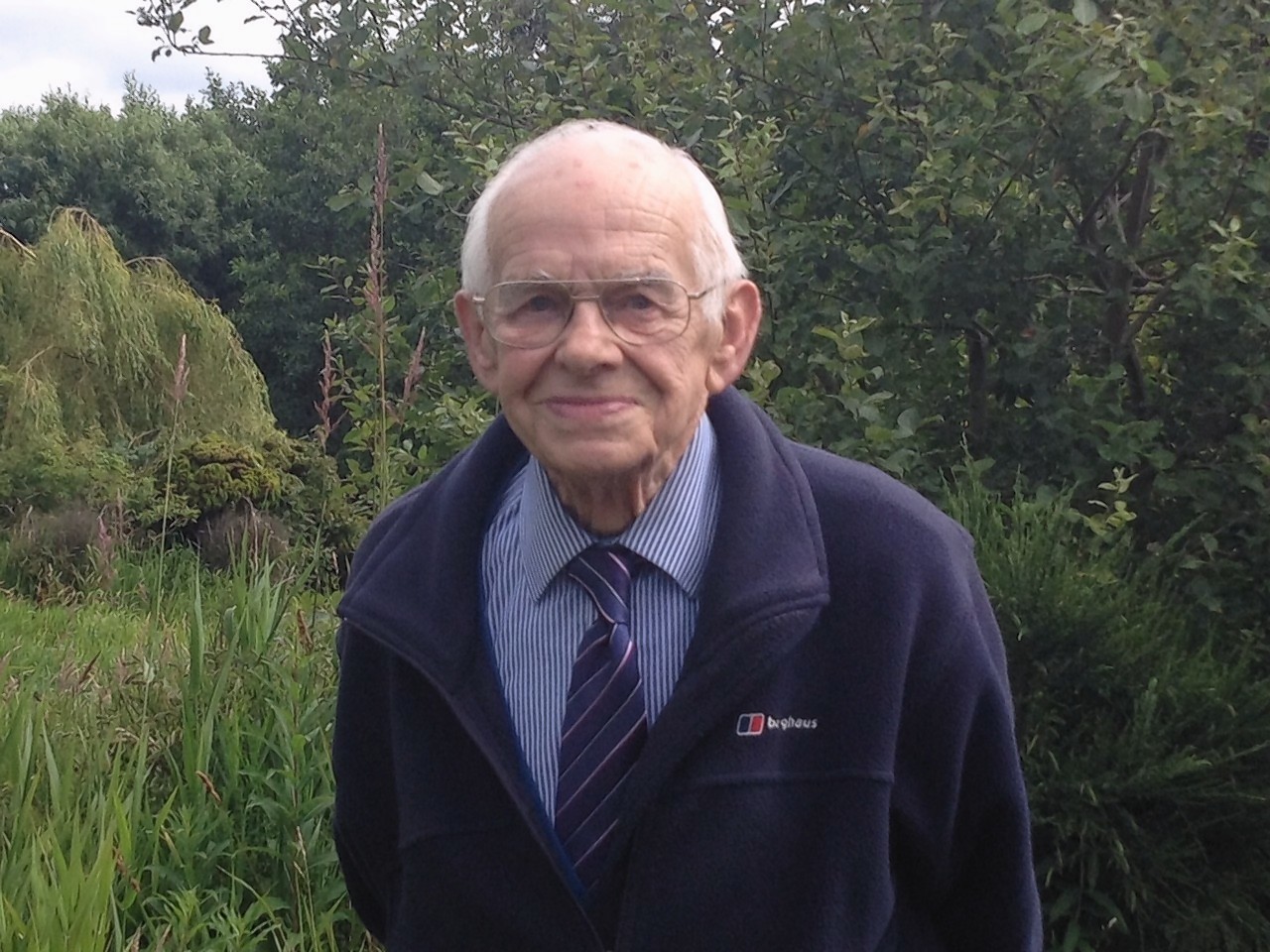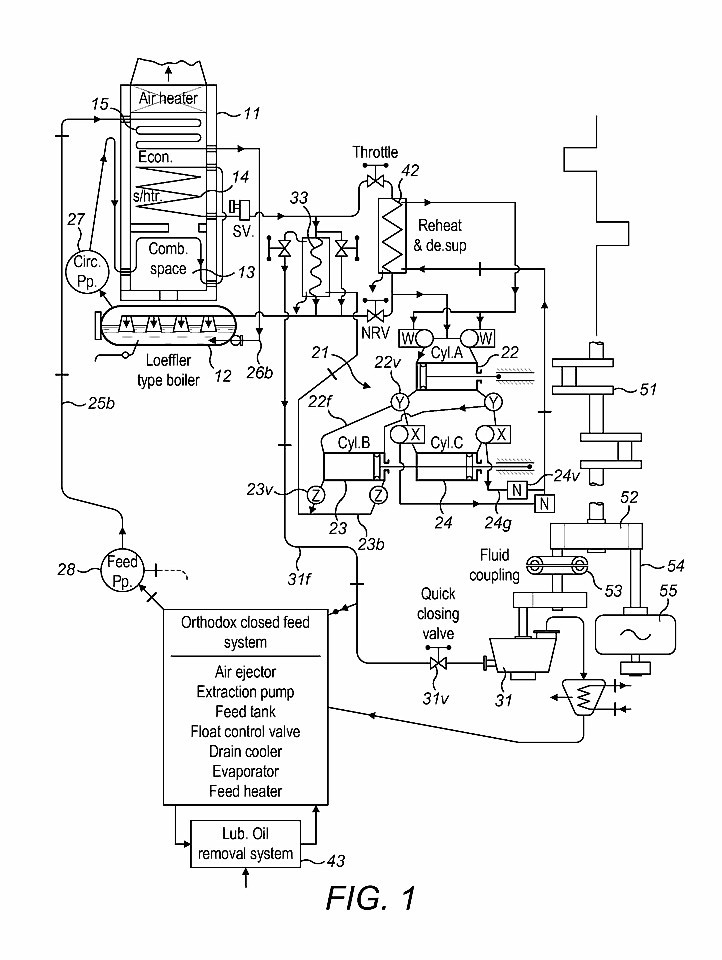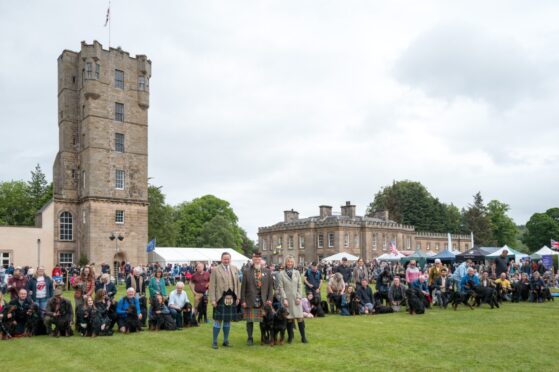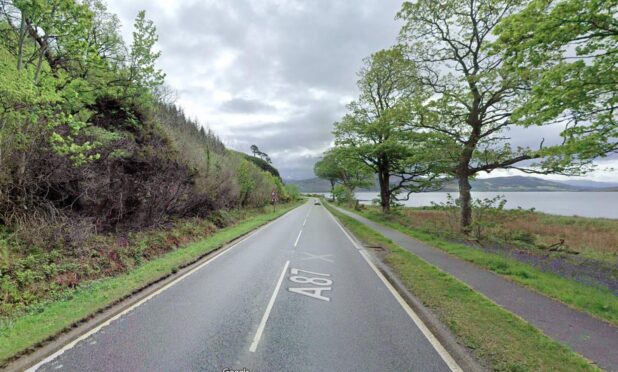A retired engineer in the Highlands who spent more than half a century working on a fuel-saving engine has received interest from two firms who might be able to help him build it to commercial scale.
William Lang, known as Bill, patented his technology last year after spending thousands of hours designing, building and developing prototypes. The Ullapool man said that his technology has a fuel efficiency of 48.9% and most power stations have an efficiency of 38%.
But he needs someone to make a key component he calls an RE unit, which mixes various quantities of air under different conditions and links the boiler to the engine.
And two firms – Scotland Electronics from Forres and The Score Group from Peterhead – have been in touch to being early talks after reading about his labour of love in the Press and Journal.
Yesterday Mr Lang, who retired to Ullapool with his wife Audrey about 30 years ago, said: “It’s all very exciting actually. I did not think it would all happen so soon. It takes time to get the right firm and I think we will get it built all right.
“Focusing on this one key component is central to the whole thing. Once we have this then all the rest – the boilers and generators – can be made and incorporated. Doing everything would be too big a job for one company.”
The 88-year-old told the Press and Journal on Tuesday that the RE unit is the “magic component” in his design.
He envisages using his technology for a small scale power station that could feed an industrial unit or a city hospital, and in doing so help save up to 50% on heating and electric costs.
The normal way of generating power in power stations involves steam driving a turbine which drives the generator, but with a lot of heat loss. Mr Lang’s engine would reduce heat loss and save fuel by reducing the amount of heat that goes to the condensers by recycling the steam.
Mr Lang says his engine could also be used to power steam ships and help to reduce transport costs of using diesel-powered ships.
Mr Lang, of Talisker, Garve Road, was an engineer on board P&O liners for several years. He then joined a Glasgow firm that inspected and insured power stations. He began working on his first scale model of the engine while living in Glasgow in 1964 and by 1970 had completed the work – but ended up blowing it up and leaving a hole in his kitchen wall.











